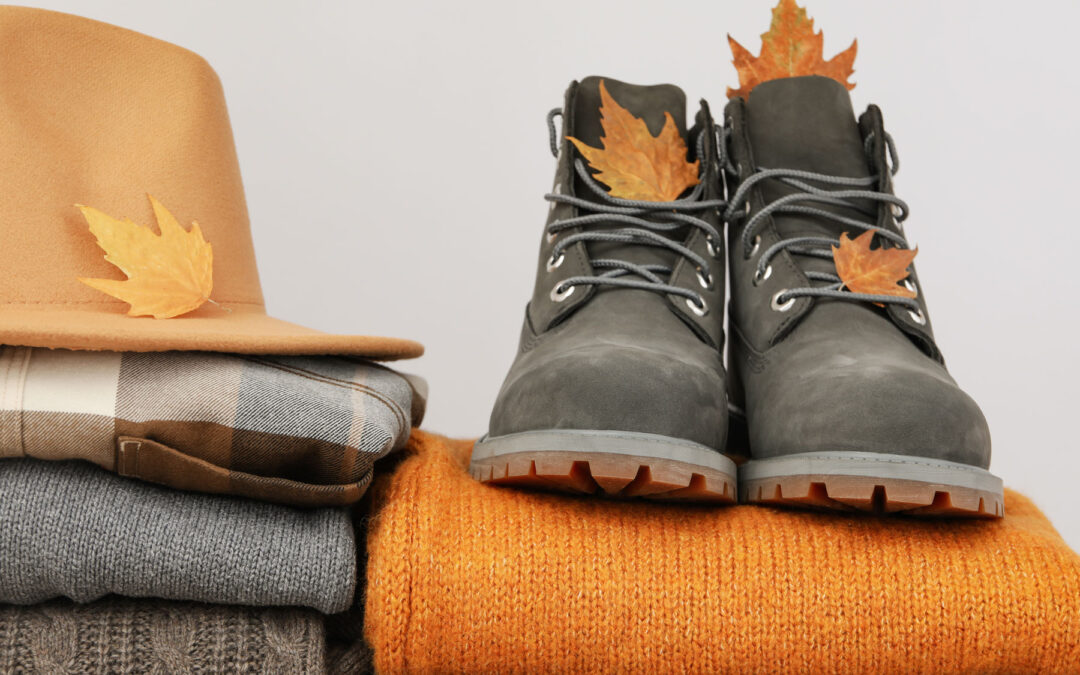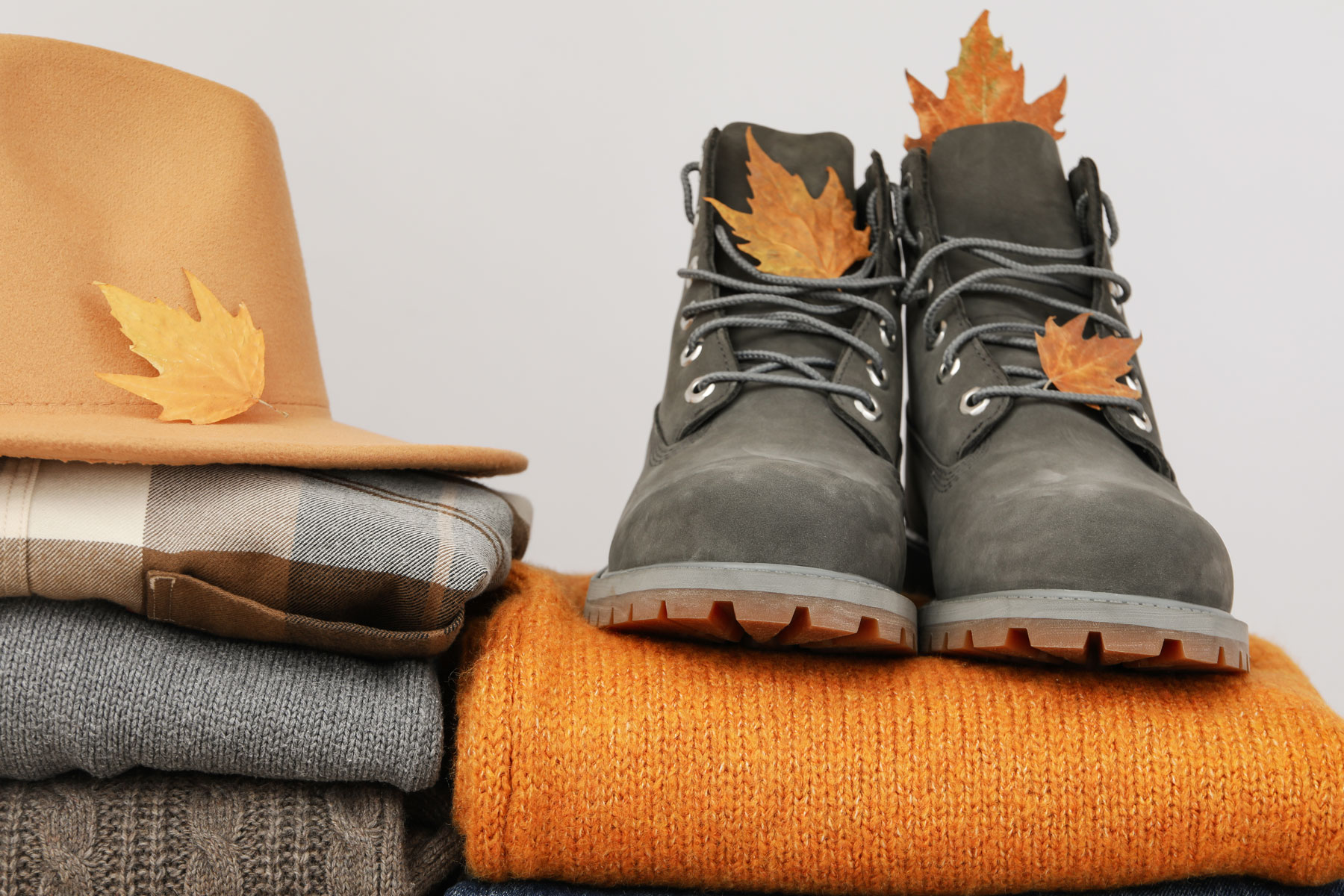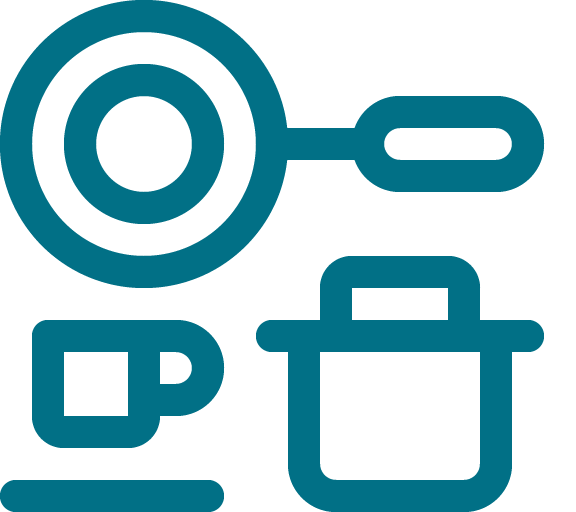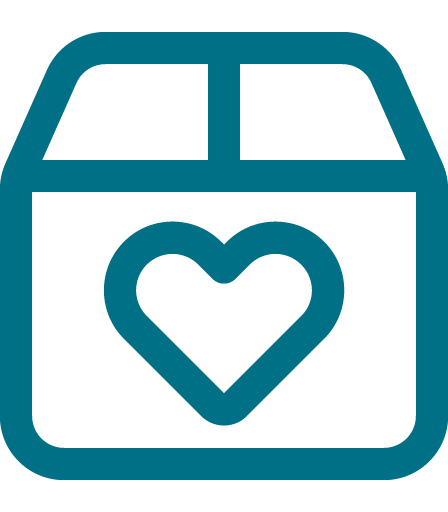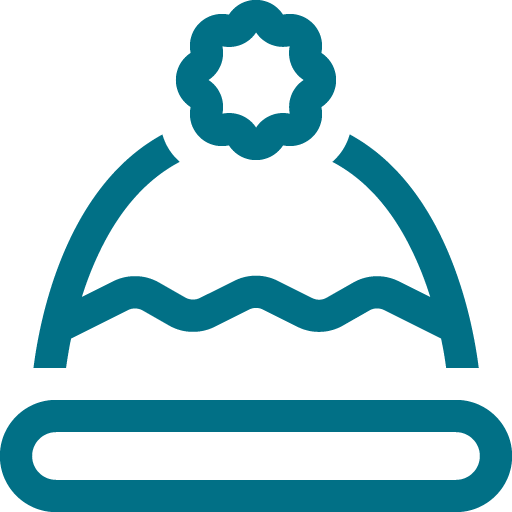
7 Essential Tips for Spring Wardrobe Organizing

Spring is the perfect time to give your wardrobe a fresh start! As the seasons change, so do our clothing needs, making it essential to declutter, reorganize, and refresh your closet. Top Shelf Home Organizing has seven simple steps to create a functional and stylish wardrobe that makes getting dressed a breeze.
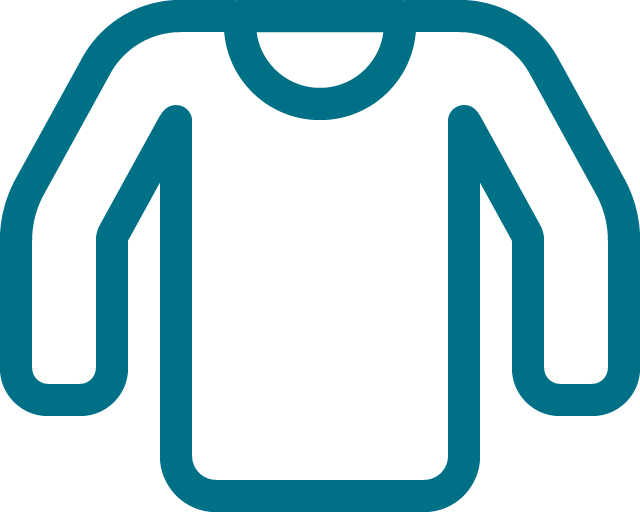
Start with a Seasonal Swap
Pack away heavy winter clothing like thick sweaters, coats, and boots. Store them in labeled bins, vacuum-sealed bags, or under-bed storage to free up space for lighter spring essentials.

Declutter and Donate
Take a critical look at your clothing and remove anything that no longer fits, is damaged beyond repair, or hasn’t been worn in the past year. Donate gently used items to charity or sell them online for a fresh start.

Organize by Category
Sort your clothing into categories—tops, bottoms, dresses, outerwear, and accessories. Within each category, consider organizing by color or frequency of use to make your daily routine more efficient.

Maximize Closet Space
Use space-saving hangers, shelf dividers, and storage bins to keep everything neat. Hanging organizers and shoe racks can help maximize vertical space, making it easier to find what you need.

Refresh with a Spring Palette
Spring is all about light and airy colors! If your wardrobe is feeling dull, incorporate pastel shades, floral prints, and breathable fabrics that match the season’s vibe.

Create a Capsule Wardrobe
Simplify your style with a capsule wardrobe—a curated collection of versatile pieces that mix and match effortlessly. This helps reduce decision fatigue and keeps your closet clutter-free.
Maintain the System
To keep your wardrobe organized year-round, commit to a one-in, one-out rule—when you buy something new, donate or remove an old item. Regularly reassess your closet to prevent clutter from piling up.
With these easy steps, you can step into spring with a fresh, organized wardrobe that reflects your style and keeps your space tidy. What’s the first item you’ll declutter this season? Top Shelf Home Organizing loves to assist with wardrobe organizing. Let us know how we can help.
Simple. Life. Solutions.
We would love to put our talents to use making your home and office functional and organized. Let us know how we can help your space be the best it can be.








